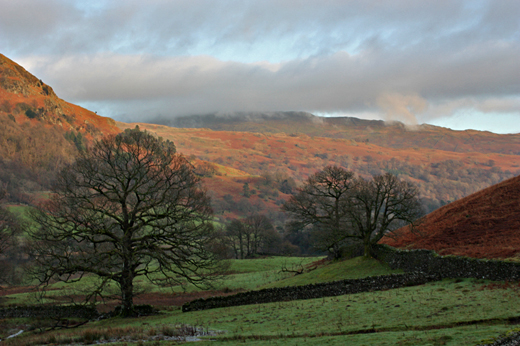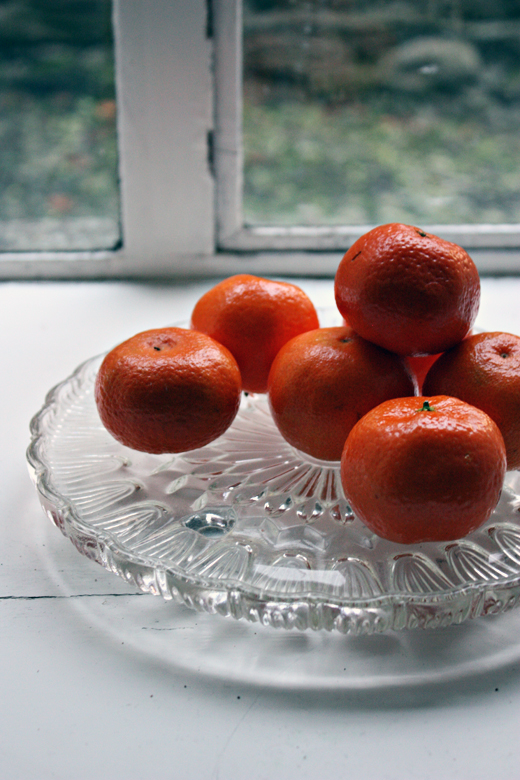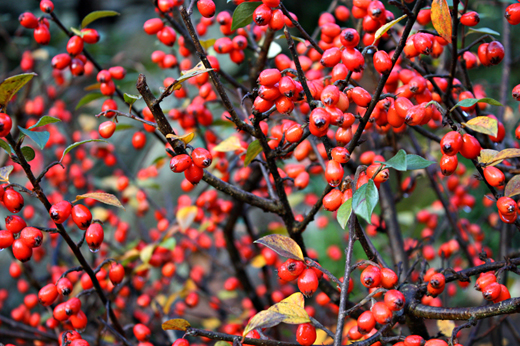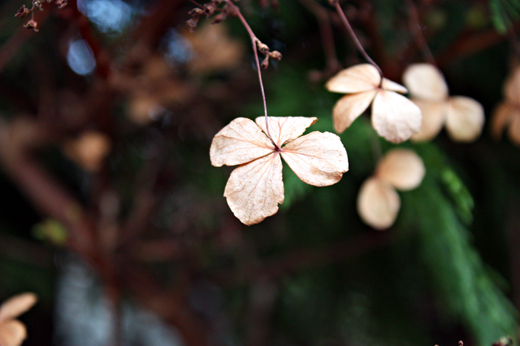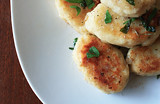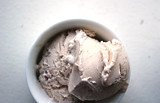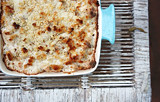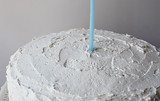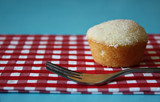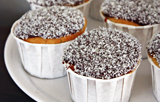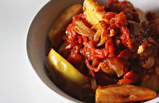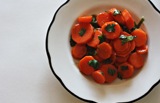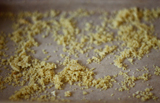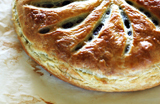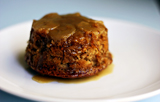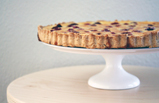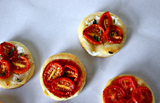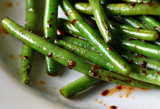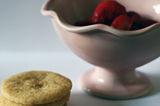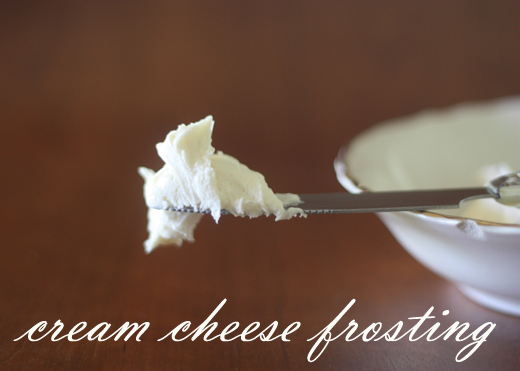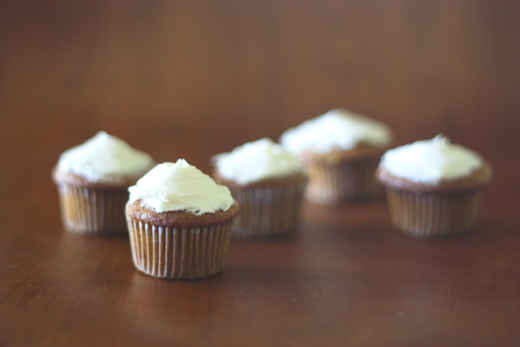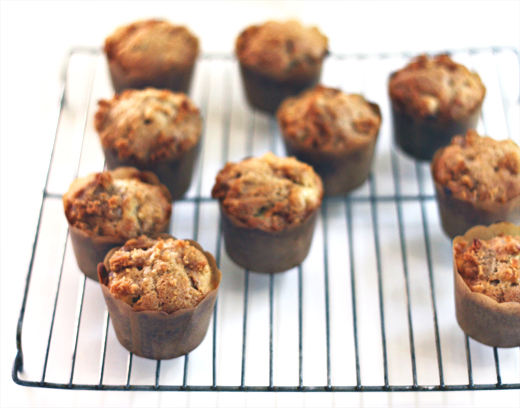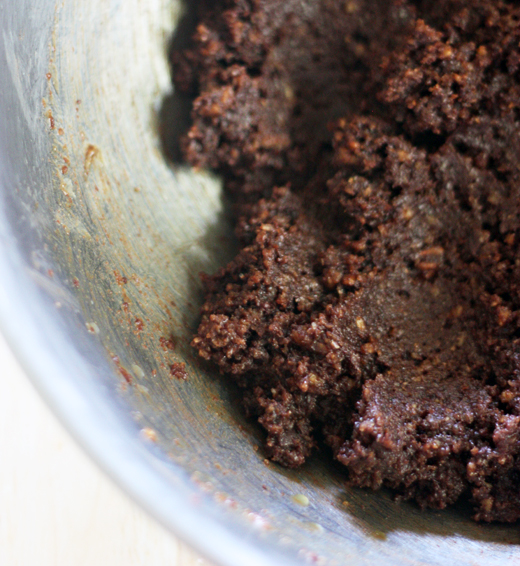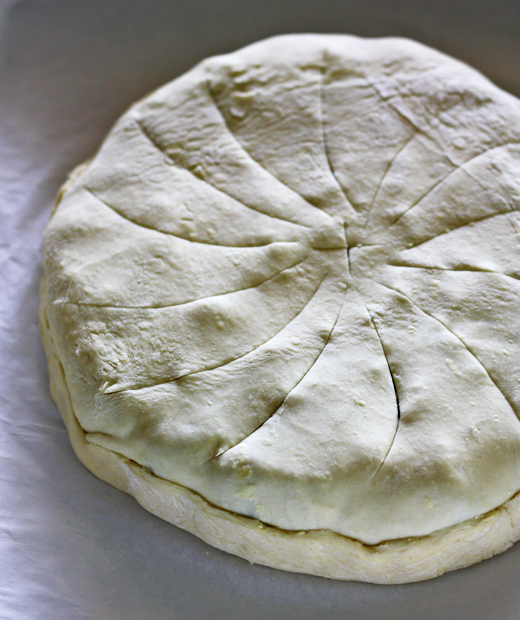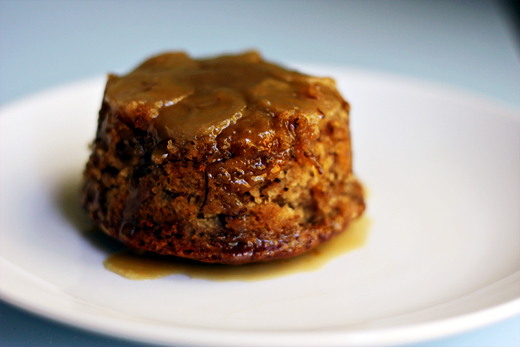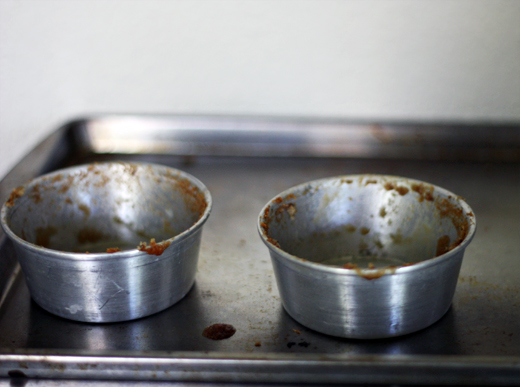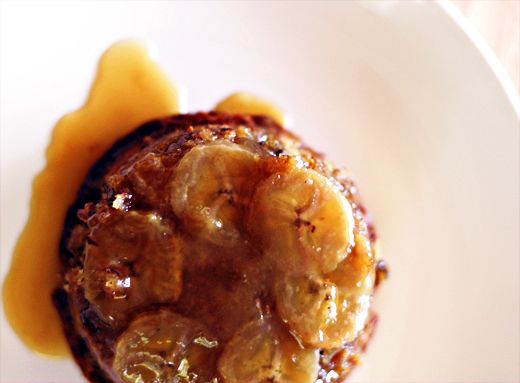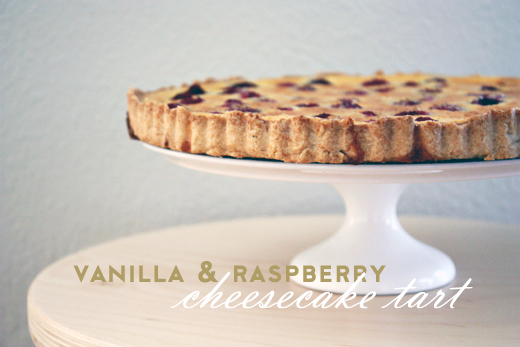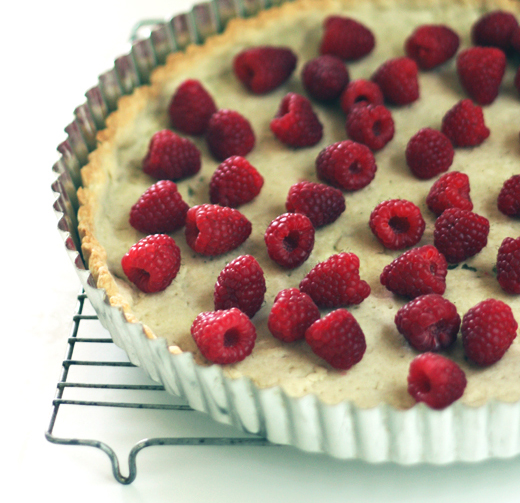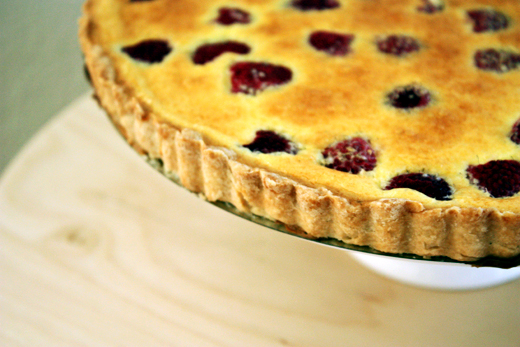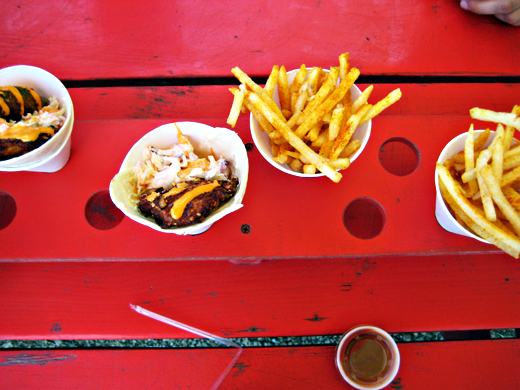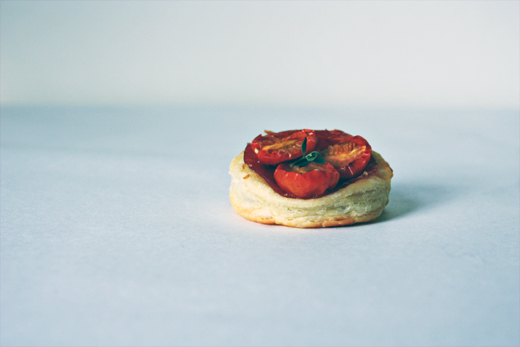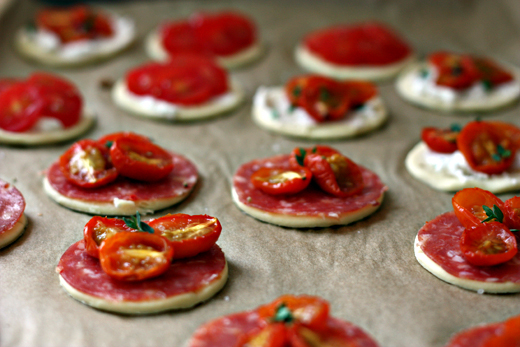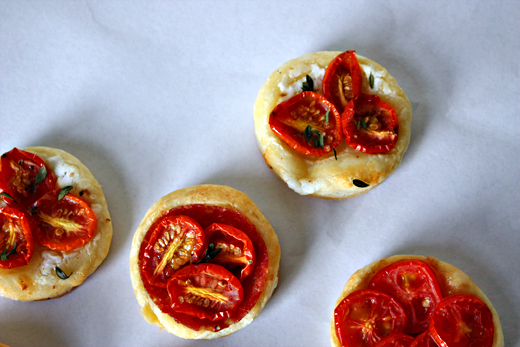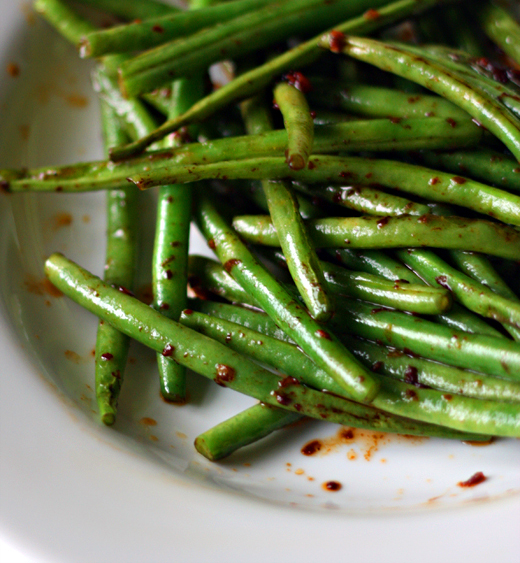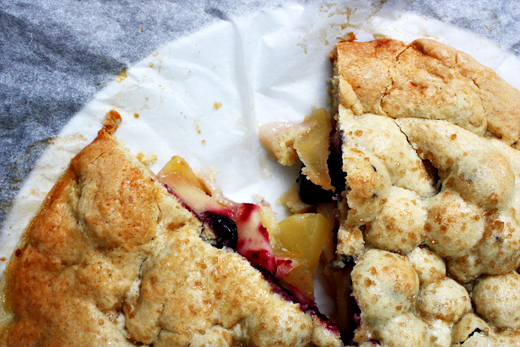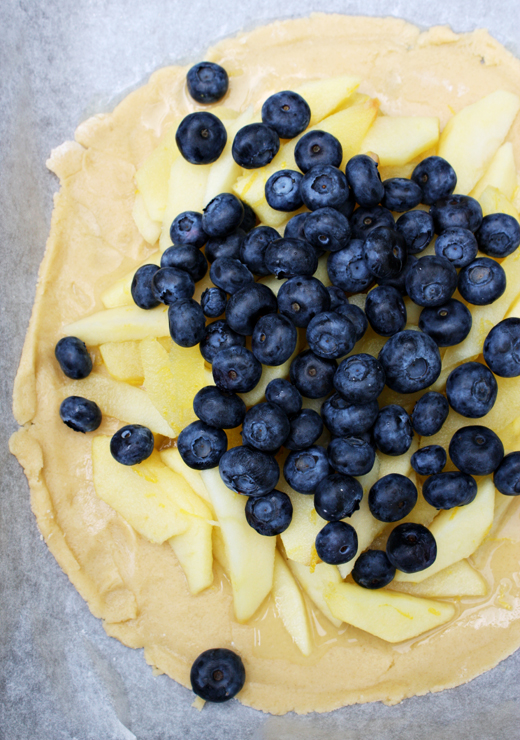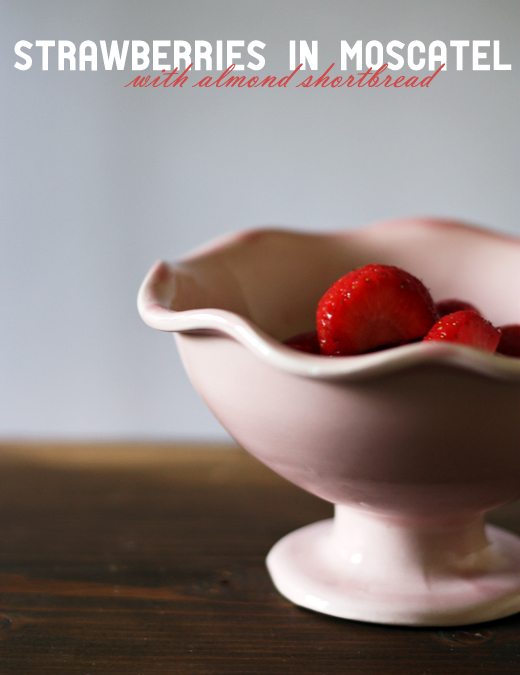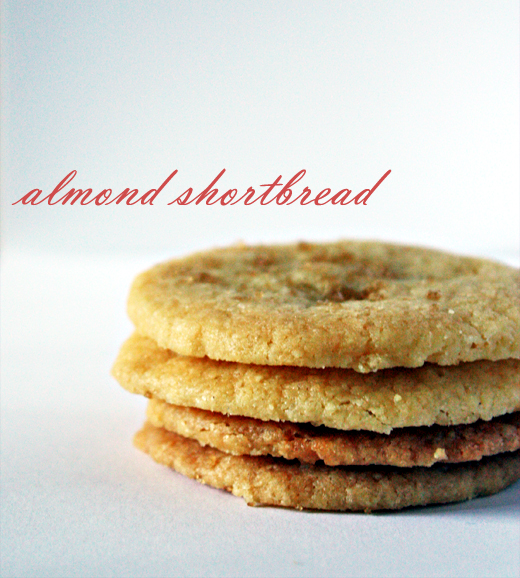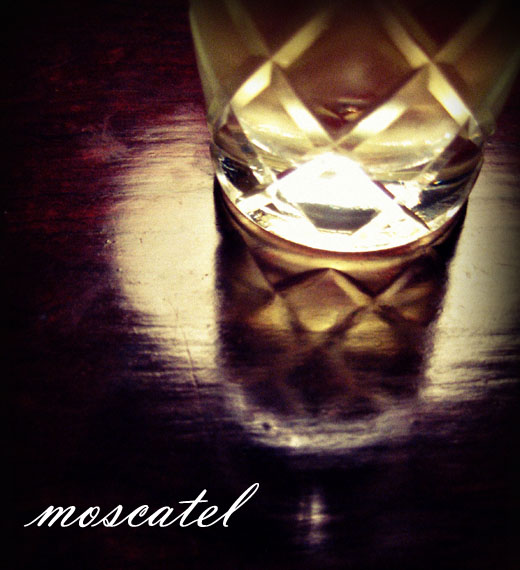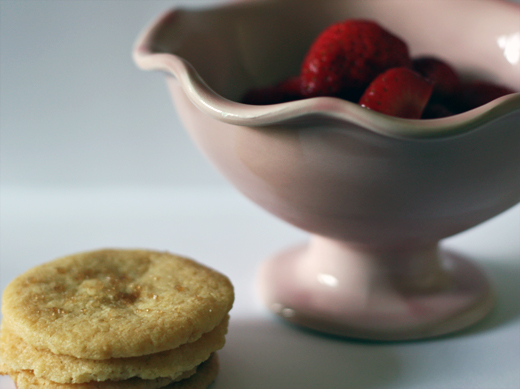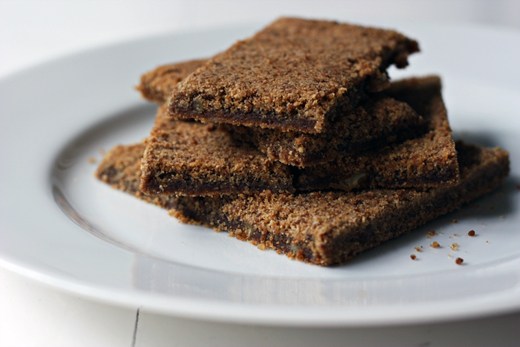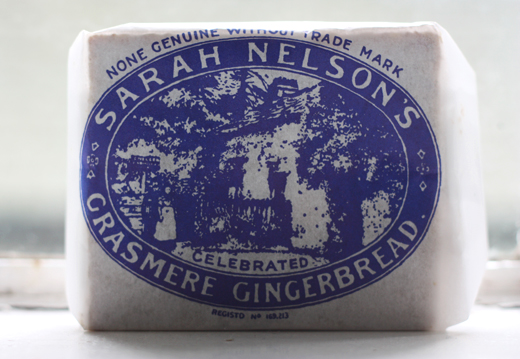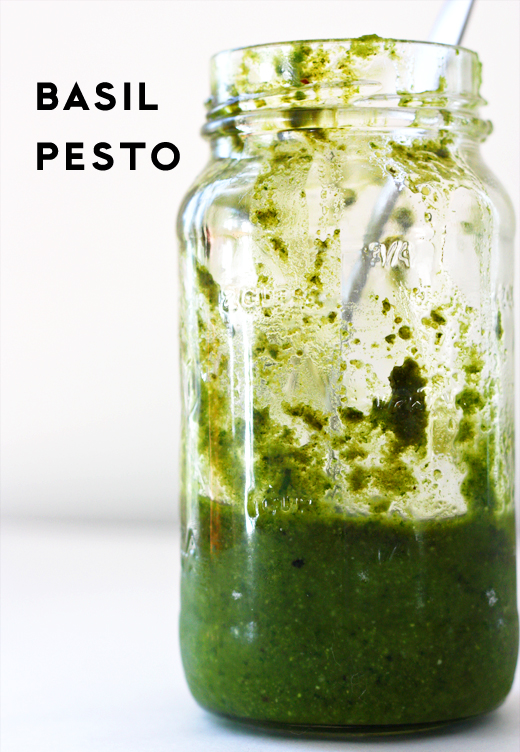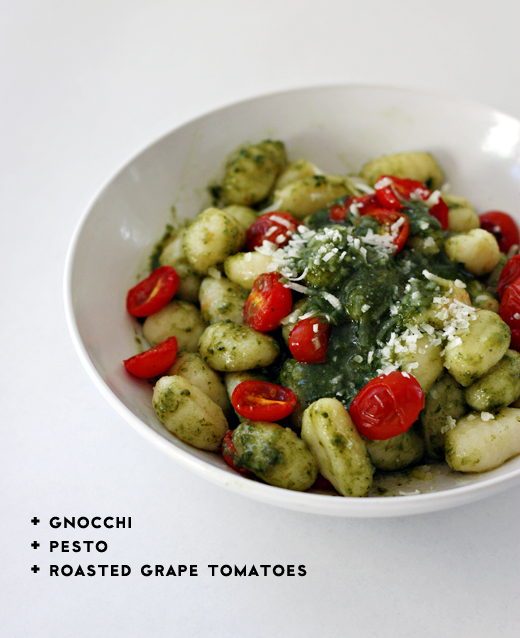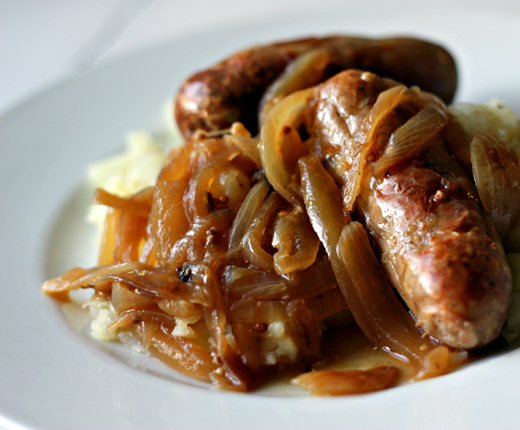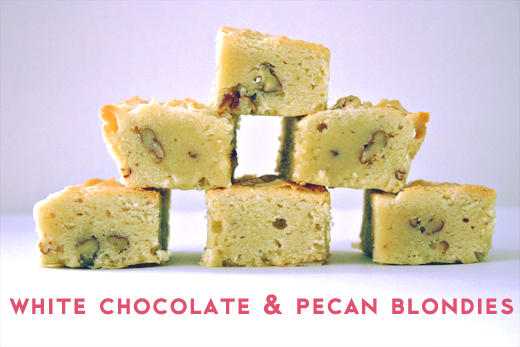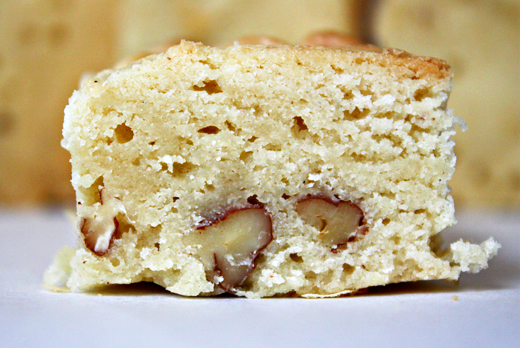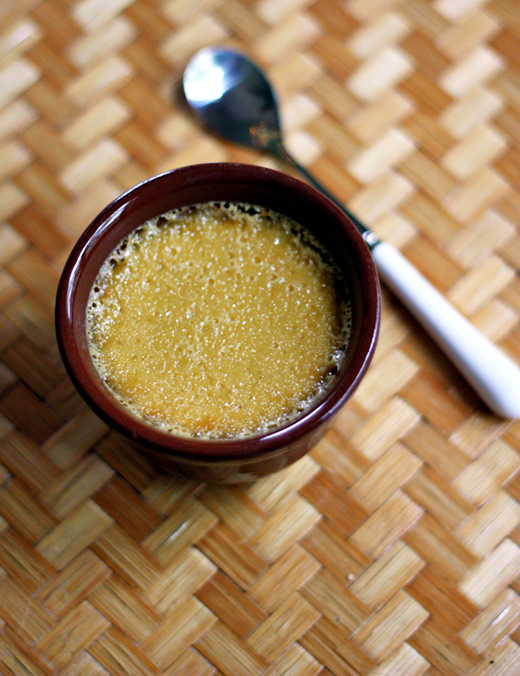 Maple syrup is one of those flavours that is miraculous with everything. Truly - everything. I'm grateful to America for a lot of things (some of my dearest friends, for example), but maple syrup with bacon is very high on the list. I'd never combined these two delicious things until I moved to the US. You might say my life hadn't really begun, and if you were to say that, I might protest only slightly. Part of me would know that was true.
Maple syrup is one of those flavours that is miraculous with everything. Truly - everything. I'm grateful to America for a lot of things (some of my dearest friends, for example), but maple syrup with bacon is very high on the list. I'd never combined these two delicious things until I moved to the US. You might say my life hadn't really begun, and if you were to say that, I might protest only slightly. Part of me would know that was true.
I'd also never eaten pot de crème until my Oregonian friend Michael forced me to (when I say forced, I mean that he very kindly made coffee pot de crème for dessert one frigid New England night, for which I am still grateful). Michael is a poet and a chef, two excellent things to combine (much like maple syrup and bacon).
Pot de crème is really just chilled and flavoured custard. It's full of good, nutritious things, like eggs and cream and milk, and then flavoured with something - often with vanilla, which is probably its most chic incarnation. Because it's the season for it, I chose maple syrup. I served mine with lightly toasted walnuts and blackberries.
I wish I had a photo of how smooth and silky the custard was under that honey-coloured layer. I meant to keep one aside, not only to photograph the next day, but to enjoy. But we ate it. I knew it was wrong, but I was powerless to prevent us.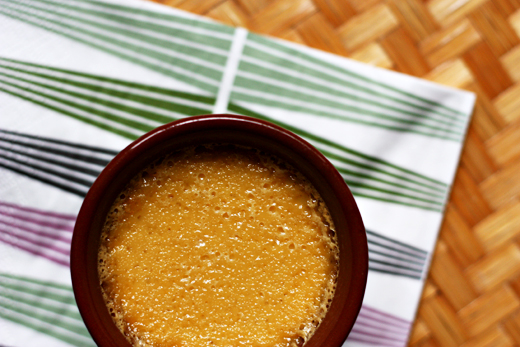 Maple Pots de Creme
Maple Pots de Creme
recipe from Eggs on Sunday
1 1/2 cups heavy cream
1/2 cup maple syrup (Grade B/Dark Amber for best flavour)
1/4 teaspoon salt
4 egg yolks
1/2 teaspoon vanillaPreheat the oven to 300°F / 150°C. Place four 3/4-cup ramekins in a metal baking pan and set aside.
In a medium saucepan, bring the cream, maple syrup, and salt to a simmer over medium high heat. While the cream mixture is heating, whisk together the egg yolks and vanilla in a large bowl.
Once the cream comes to a simmer, temper the egg yolks by slowly adding the hot cream mixture, little by little, into the egg yolk mixture and whisking constantly. Once all the cream mixture has been incorporated, strain it through a fine-mesh sieve either back into the pot that you heated the cream in, or into a glass liquid measuring cup.
Divide the mixture among the four ramekins. You’ll bake them in a hot water bath, so pour enough very hot tap water into the baking dish so that it comes halfway up the sides of the ramekins.
Bake in the oven for about 50-60 minutes, or until the pots de creme are set around the edges but still slightly jiggly in the middle. Once they reach this point, remove them from the oven and take the ramekins out of the hot water bath. Let them cool at room temperature (they will continue to set as they do so.)
Makes 4.

